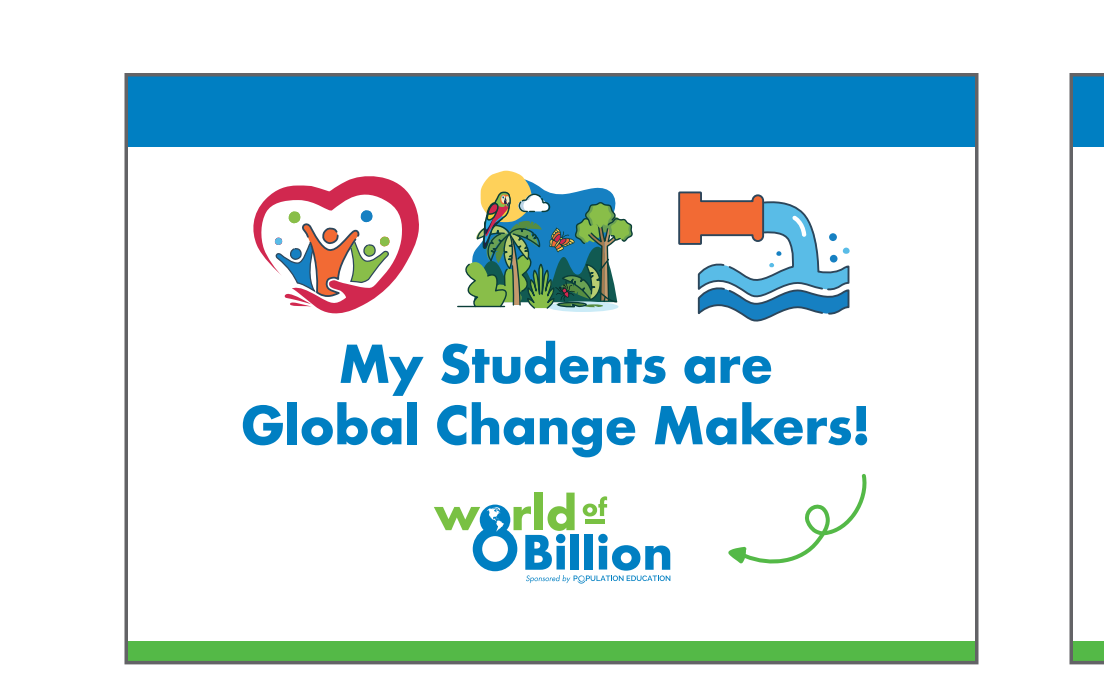Rainforest Ecosystems: An Introduction to This Year’s Global Topic
Rainforests are the oldest living ecosystems on our planet. Some rainforests present today are more than 70 million years old! These unique habitats are critical for regulating climate and supporting many forms of life.
Rainforests can be found on every continent except Antarctica. There are two types of rainforests: tropical and temperate, which both receive 79 to 394 inches of rain per year. Temperate rainforests have rich soil and tall trees and are located around middle latitudes where the climate is cooler due to seasonal changes. Tropical rainforests are hot and moist with rain nearly all year, and while they only cover only 6 percent of the world’s surface area, they are extremely biodiverse and home to half of plant and animal species on the planet.
Not only are rainforests a habitat for wildlife and a natural wonder of the world, they also provide many resources that humans rely on and benefit from. For example, 70 percent of plants used in cancer treatments are only found in rainforests. Beyond that, rainforests provide us with clean air and water, stabilize our climate and soil, and absorb solar radiation and carbon dioxide. Rainforest ecosystems have been sustainably managed by indigenous communities for many generations. Today, there are still many tribes who live off of the land in the rainforests and sustain their populations while having minimal contact with the outside world.
Human impacts on the environment, including climate change, mining, agriculture, and deforestation, are impacting indigenous communities and threatening the biodiversity and health of rainforests. Each year 10 million hectares are deforested, which is equivalent to the size of Portugal. Furthermore, rainforest wildlife is captured and sold in illegal markets, corporations infringe on indigenous territory, and development and agriculture push illegal deforestation. With our global population estimated to reach 9.7 billion by 2050, we will need to find ways to sustainably use resources from rainforests while protecting the surrounding people and biodiversity.
Learn more about Rainforest Ecosystems by reading the full topic backgrounder.
Explore how to use our Topic Backgrounders with this short video:







